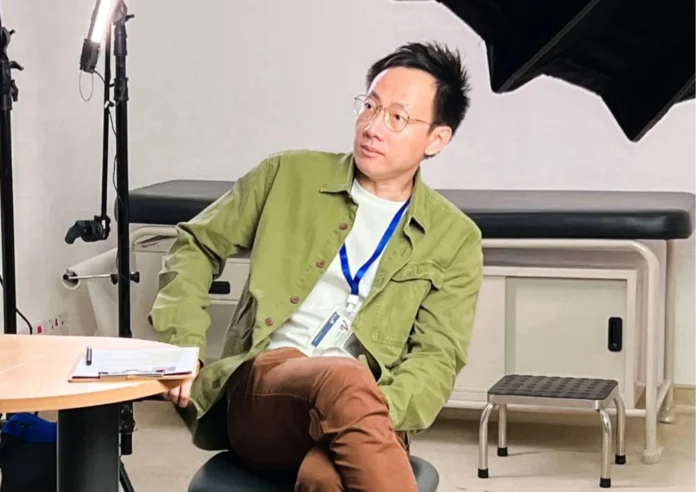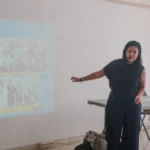In the digital age, standing out is no longer optional—it’s essential. For startups and businesses, the challenge isn’t just about creating a good product or service; it’s about communicating that value effectively. With attention spans shrinking, video marketing has emerged as a powerful tool for brands to showcase their impact, connect emotionally with their audience,…
RELATED ARTICLES
© NewInAsia.com 2025








